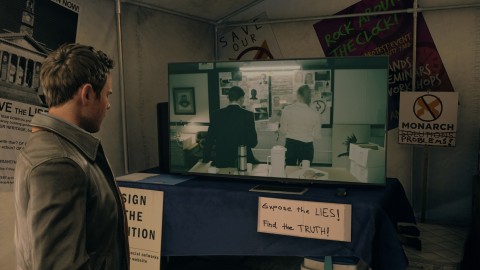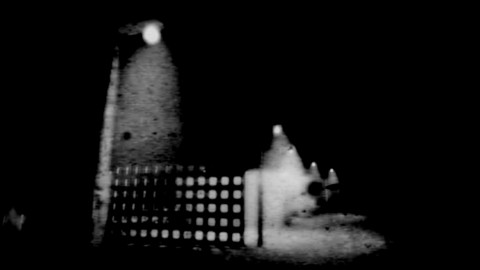
Quantum Break is better TV than videogame
In Remedy Entertainment’s Max Payne (2001) and Alan Wake (2010), the player can approach television sets and watch short, surprisingly detailed videos. In Max Payne, these include soapy melodrama Lords and Ladies and the paranoiac, Lynch-riffing Address Unknown. Alan Wake sticks to a Twilight Zone-inspired anthology series called Night Springs. These TV shows are worth mentioning as a reminder that Remedy has never been shy about recognizing its influences. As such, Max Payne is a blend of Hong Kong cinema gunplay and conspiracy-laden noir. While Alan Wake is a Stephen King thriller filtered through the lens of Twin Peaks and…


